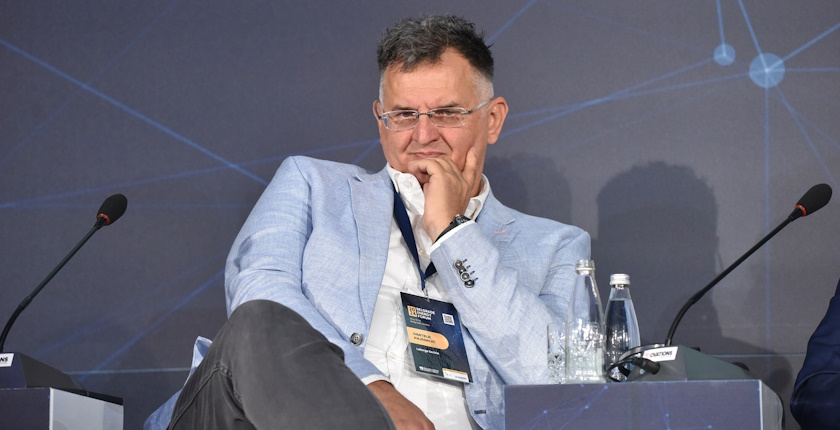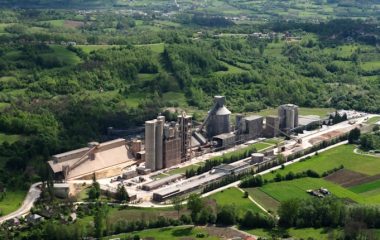
Photo: Lafarge Serbia/ Facebook
Serbia’s state-owned power utility Elektroprivreda Srbije (EPS) generates up to seven million tons of ash and slag annually in its coal-fired power plants. A small amount of it is sold, while the rest is disposed of in ash dumps. Lafarge Serbia plans to build a factory near the Nikola Tesla B power plant that would use all the ash generated as a byproduct of combustion as a raw material in cement production.
Lafarge Serbia’s new factory would use one million tons of ash a year from the Nikola Tesla B power plant (TENT B) in cement production. By introducing ash among its raw materials in Serbia, the cement producer is applying the circular economy principle.
According to EPS, the coal-fired power plants in Serbia produce between six and seven million tons of ash annually, of which only five to six percent is sold. Last year, only 180,000 tons of it was sold.
The rest is deposited in EPS’ own ash dumps, which cover an area of 1,600 hectares. Although the disposed ash is classified as non-hazardous waste, it still ends up in the air and soil, polluting the environment.
The new factory, located in Ratari near Obrenovac, would be Serbia’s first to be built next to a power plant, in order to utilize ash at its source.
Lafarge Serbia could solve the long-standing problem of ash accumulation in Serbia
With an investment of around EUR 110 million, Lafarge Serbia’s cement plant could solve the long-standing problem of ash accumulation in Serbia, as the factory is also planned to process ash from existing ash dumps.
There are two ways to use ash in the construction industry.
“Materials that can be used in road construction would come from existing ash dumps. This material is ready to be used in the road industry. However, newly generated ash, known as fly ash, cannot be used in the cement or concrete industry, or many other industries, without prior processing. This is exactly what the Ratari plant will be dealing with. We will grind, classify, and select one million tons of ash to produce new construction materials,” Dimitrije Knjeginjić, CEO of Lafarge Serbia, told RTS.

The factory would help advance the circular economy in Serbia, while EPS would reduce the amount of ash disposed of in landfills, cut operating costs, and potentially profit from ash sales.
The use of ash will be of great importance to the company when CBAM comes into force on January 1, 2026. The regulation imposes a tax on every ton of CO2 emitted in the production of aluminum, iron, steel, cement, artificial fertilizers, electricity, and hydrogen exported to the EU.





















Be the first one to comment on this article.